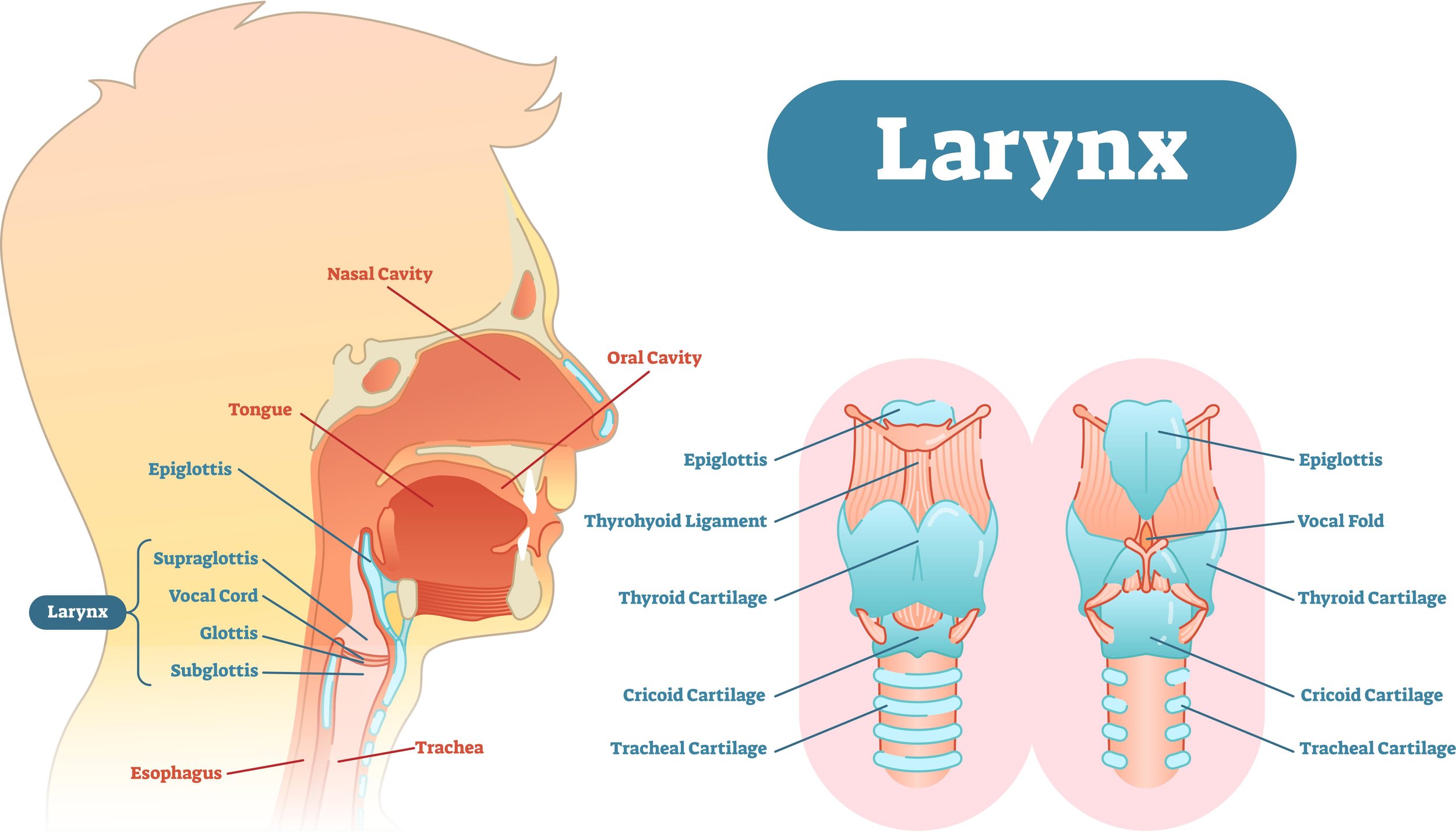Beginner’s Guide to Vibrato: What It Is & How to Practice It
Whether you're just starting your singing journey or looking to refine your vocal technique, vibrato is one of the most powerful tools you can develop.
That beautiful, wave-like movement in the voice can bring warmth, emotion, and artistry to your singing—no matter what genre you love.
In this post, we’ll cover everything you need to know about vibrato:
What vibrato is
How vibrato works in the body
How different music genres use vibrato
Common vibrato challenges and how to overcome them
Let’s dive in!
What Is Vibrato in Singing?
Vibrato is a natural oscillation in pitch—a slight, rhythmic fluctuation that occurs when your vocal folds are in a healthy balance between tension and airflow. It often shows up when you're singing a sustained note and can make your voice sound more expressive and resonant.
If you’ve ever seen a guitarist wiggle their finger on a string to create a shimmering tone—that’s a great visual comparison for vibrato in the voice.
The vocal folds are subtly adjusting pitch in a wave-like motion, creating that signature “vibrating” sound.
Some singers have vibrato naturally, while others need to develop it over time with consistent vocal training. Either way, vibrato is a technique that can be learned, refined, and shaped to suit your personal singing style.
How Does Vibrato Work in the Body?
Physiologically speaking, vibrato happens through the coordinated action of specific vocal muscles and proper breath support.
Two primary muscles help create vibrato:
Cricothyroid muscle – Stretches and thins the vocal folds, raising pitch.
Thyroarytenoid muscle – Shortens and thickens the vocal folds, lowering pitch.
When these muscles work together with steady airflow and relaxed vocal posture, vibrato emerges naturally. But if there’s too much tension or not enough breath support, vibrato can become shaky, overly fast or slow, or disappear altogether.
Try This:
Want to test the beginnings of your natural vibrato? Try holding out a single pitch and gently pulsing your breath pressure. You may feel a slight wave in the sound—that’s vibrato starting to activate!
Vibrato in Different Singing Styles
Vibrato isn’t a one-size-fits-all sound. Each musical genre uses vibrato differently to express style and emotion.
Here’s how vibrato shows up across different vocal styles:
Classical & Opera Singing
Wide, steady vibrato is a hallmark of this genre. It creates a full, resonant sound. Think of Maria Callas or Pavarotti.
Jazz Singing
Vibrato is more subtle, often used at the end of a phrase to add nuance. Listen to legends like Ella Fitzgerald.
Pop & Rock Singing
Many pop singers use a straight tone followed by vibrato at the end of a note for dramatic effect. Artists like Adele and Freddie Mercury are great examples.
Musical Theatre Singing
Vibrato use depends on the character and style of the show—sometimes bold and operatic, sometimes speech-like with a touch of shimmer. Ben Platt of Dear Evan Hansen has a pronounced and quick vibrato.
Common Vibrato Challenges (and What NOT to Do)
Struggling with vibrato? You’re not alone. Because vibrato is a natural byproduct of vocal coordination, forcing it can lead to vocal tension or unhealthy habits.
Common Mistakes to Avoid:
Jaw or tongue wobble: Some singers unconsciously shake the jaw or tongue to mimic vibrato. While it might sound similar, it’s not true vibrato and can strain your technique over time.
Over-tension: A lack of vibrato often stems from excess tension—especially in the jaw, tongue, or muscles around the larynx.
Lack of breath support: Without steady airflow, vibrato may be inconsistent or disappear altogether.
Vocal Health Tip:
Loosen your jaw with gentle massage, stretch your tongue, roll your neck, and release shoulder tension. Try slowly shaking your head “no” while singing a note—this can help relax the muscles and allow vibrato to emerge more naturally.
Remember: like all voice skills, vibrato takes time, awareness, and gentle practice to develop.
Ready to Master Your Vibrato?
Now that you understand what vibrato is, how it works, and how it’s used across singing styles—you’re ready to start developing it in your own voice.
If you’re looking for structured singing lessons or voice training that helps you build technique and expression, book a singing lesson! We can explore every aspect of voice development, including vibrato.





















